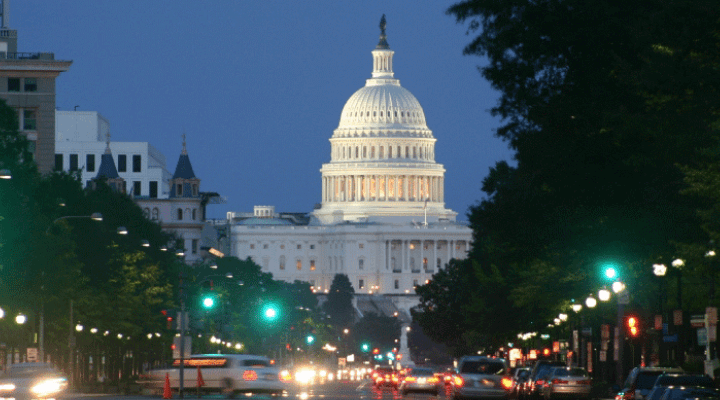One thing that united Beltway insiders after the surprise election of Donald Trump last fall was the prospect of returning to “regular order” instead of the chain of continuing resolutions that has marked the budget process for the last decade.
Under regular order, Congress adopts the budget resolution drafted by the House and Senate Budget Committees. This resolution sets overall taxing and spending limits for the coming fiscal year, and divides the money among the 12 subcommittees on the House and Senate Appropriations Committees. These subcommittees then draft the 12 individual appropriations bills that officially appropriate money from the Treasury in accordance with the Constitution.
But since 2008, the government has operated on a series of “continuing resolutions,” temporary spending measures which often prevent or severely limit new initiatives, and “omnibus appropriations,” single bills to fund the entire government. In testimony last September and in April, the service chiefs told Congress that “CRs,” as continuing resolutions are called, are causing the military to prioritize readiness over end strength. Gen. Mark Milley, the Army’s chief of staff, told Congress that in response to the budget uncertainty, the Army is “mortgaging future readiness for current readiness.”
HEALTHCARE FIGHT DELAYED THIS YEAR’S BUDGET
Hopes for an orderly return to regular order are fading. In March, the House leadership decided to halt work on a budget resolution until after they passed the president’s health care initiative. The American Health Care Act passed the House on May 4, but concerns over its prospects in the Senate kept the Budget Committee busy. Speaker of the House Paul Ryan did not formally send the bill to the Senate until last week.
With the AHCA cleared from the Budget committee’s plate, we should see a budget resolution in the coming weeks. But the entire process is behind, and time is running short.
The Office of Management and Budget usually releases the president’s budget proposal in February. Things are often behind schedule in the first year of a new administration. This year is no exception. The Trump Administration did not submit its FY2018 budget proposal to the House until May 23. Included in that request was $639.1 billion in defense spending, including $64.6 billion for Overseas Contingency Operations.
The DoD’s request was originally expected to be $603 billion, but in March, House Armed Services Committee Chairman Mac Thornberry (R-Tex.) wrote to the Budget Committee that this would be inadequate. The additional funds the HASC wanted to authorize include:
- $15 billion to begin to increase Army active duty end strength from 476,000 to 490,000 soldiers.
- $14 billion for naval readiness and ship repairs.
- $11 billion for equipment replacement and additional training.
- $4 billion to repair “over-used facilities.”
The president’s budget is in line with these figures, but the additional spending puts it $54 billion over the spending caps set by the Budget Control Act, better known as sequestration. To offset this, the rest of the president’s budget includes a roughly 10 percent reduction in all other non-defense discretionary spending.
In 2015, Congress attempted to circumvent the sequestration cap by moving $38 billion in base funding (the “regular” budget) in to the OCO account, which isn’t subject to the BCA’s limits. That tactic led President Obama to veto the FY2017 NDAA.
There is little chance that President Trump will veto this year’s military spending bills, but the budget faces an uphill fight in the Senate. We’ll get a preview of that fight at 10:30 am on Wednesday, when Secretary of Defense James Mattis and Gen. Joseph Dunford testify before the Defense Subcommittee of the Senate Appropriations Committee.



